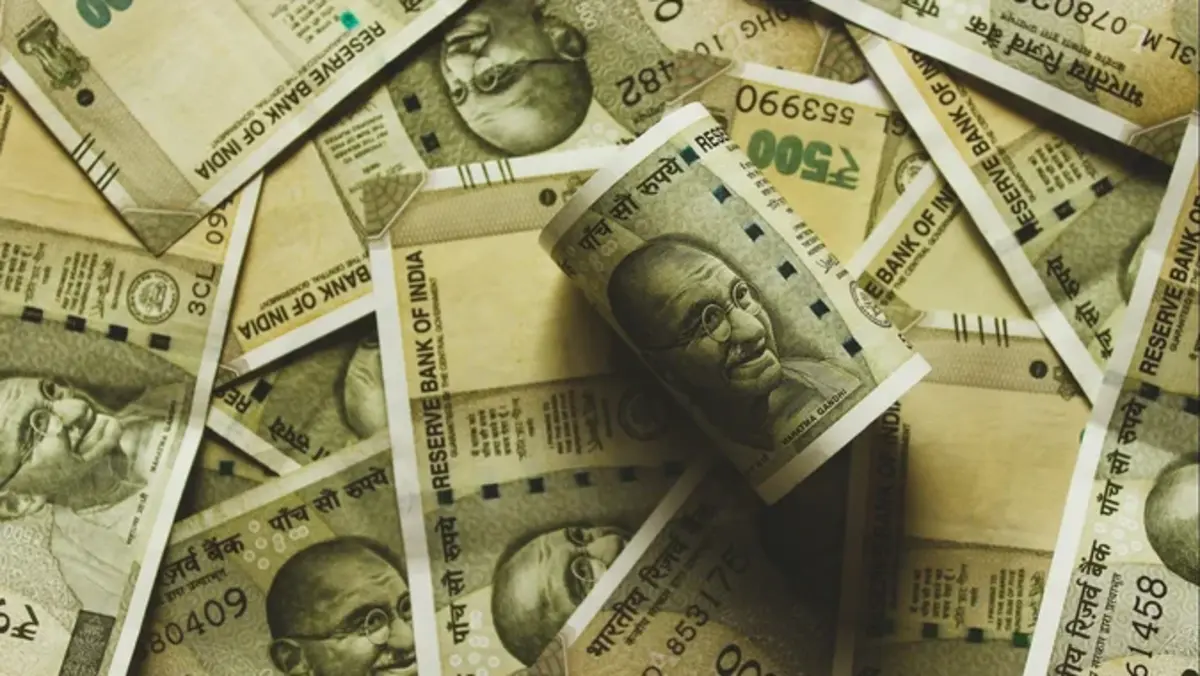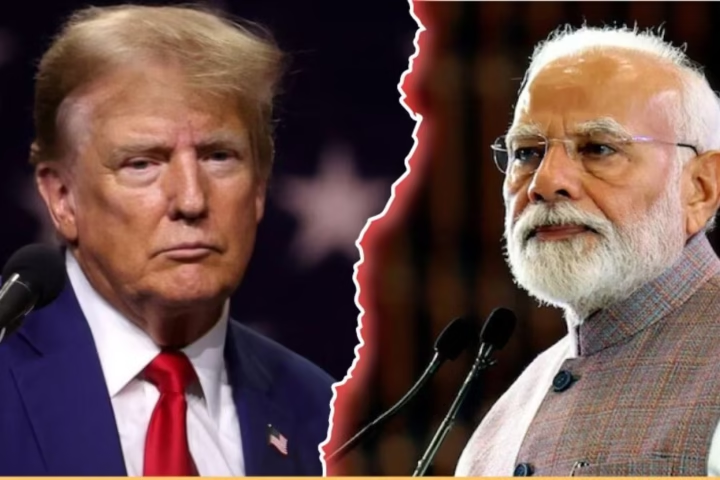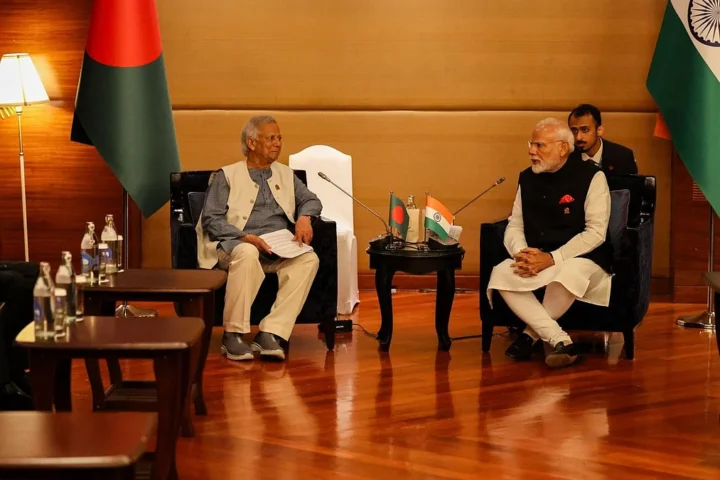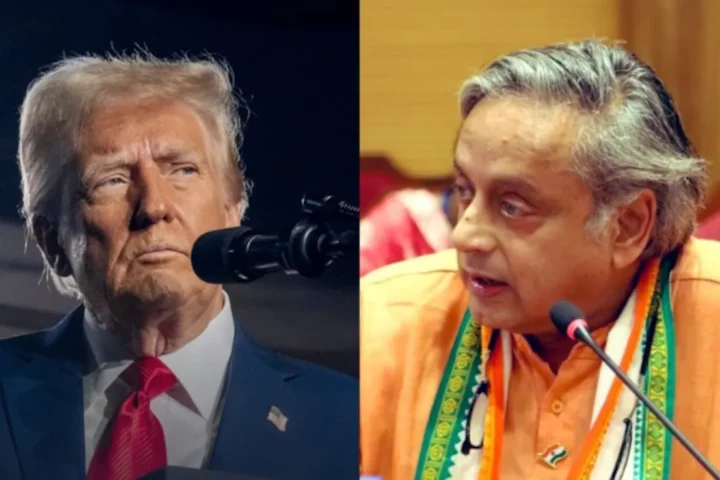Prominent photographers documented Mahatma Gandhi’s life, but his most widely recognized image is on the Indian currency notes. Despite being India’s Father of the Nation, his appearance on legal banknotes was delayed until 1996, well after India gained independence in 1947.
Origin of Gandhi’s Portrait
The portrait of Gandhi on banknotes is derived from a 1946 photograph where he is seen with British politician Lord Frederick William Pethick-Lawrence. This specific image was chosen for its genuine smile, and it is a mirror image of the original photograph. The identity of the photographer and the person who selected this image remain unknown.
Inclusion on INR Notes
Gandhi first appeared on Indian currency notes in 1969, commemorating his 100th birth anniversary. The signature of RBI Governor LK Jha accompanied a depiction of Gandhi with Sevagram Ashram in the background. Subsequently, in October 1987, Rs 500 currency notes featuring Gandhi were introduced.
Transition from Colonial to Independent India
Initially, after India’s independence, notes with King George VI were still issued. However, in 1949, a new design of the 1-rupee note replaced King George with the Lion Capital of Ashoka Pillar at Sarnath.
Permanent Gandhi Portrait on Banknotes
In the 1990s, advancements in reprographic techniques necessitated enhanced security features on currency notes. Gandhi’s universally recognized face was selected for its difficulty to forge, and in 1996, the ‘Mahatma Gandhi Series’ was introduced, replacing the Ashoka Pillar notes. This series included new security features.
Demand for Diverse Representation on Banknotes
Recent years have seen suggestions for featuring others on currency notes alongside Gandhi. In 2022, Delhi Chief Minister Arvind Kejriwal proposed including images of Lord Ganesha and goddess Lakshmi on currency notes.







